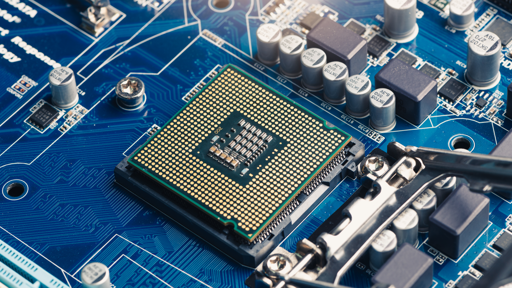“The new device is built from arrays of resistive random-access memory (RRAM) cells… The team was able to combine the speed of analog computation with the accuracy normally associated with digital processing. Crucially, the chip was manufactured using a commercial production process, meaning it could potentially be mass-produced.”
Article is based on this paper: https://www.nature.com/articles/s41928-025-01477-0



Because until it hits market, it’s almost meaningless. These journalists do the same shit with drugs in trials or early research.
I agree that before it’s a company selling a product it’s just dreams.
However this is serious research. Skip the journo and open the nature.com link to the scientific article.
For the ones not familiar with nature, it’s a highly regarded scientific magazine. Articles are written by researchers not journalists.
The Nature paper says they’ve done a proof of concept with a few bits, and concluded that they can reproduce it with cutting edge processors. That’s akin to ‘Mice survive cancer longer’ becoming ‘We’ve cured cancer forever’.
They might be right, but I’m not holding my breath.
Oh yeah if this advances fast it may be a product in 5 to 10 years.
AI hype in a nutshell